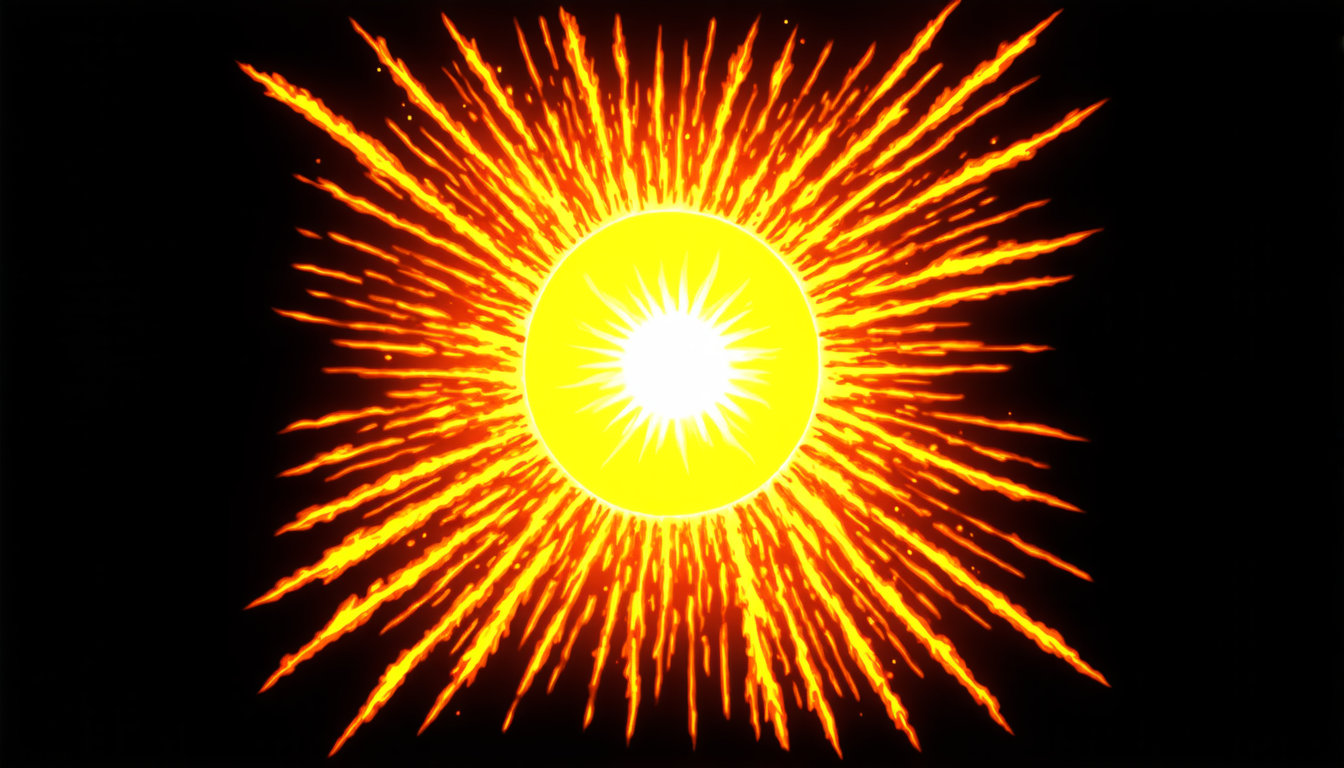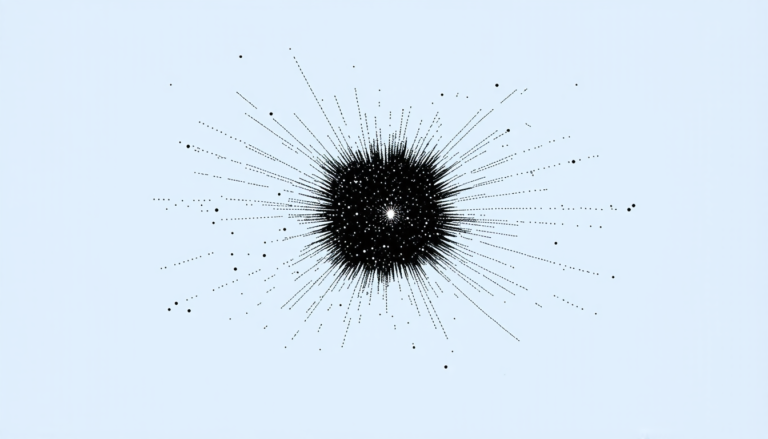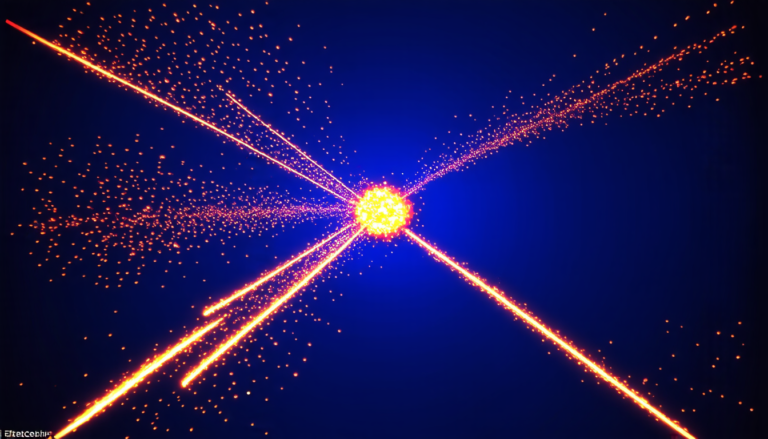Saturday 27 September 2025
The Sun’s chromosphere, the layer of hot, glowing gas just above its surface, is a fascinating and complex region. It’s where solar flares and coronal mass ejections (CMEs) originate, sending massive bursts of energy hurtling towards Earth. But how do these events occur? Scientists have been studying the Sun for decades to understand the underlying mechanisms.
Recent research has shed new light on the process. By simulating a two-dimensional magnetohydrodynamic (MHD) model of the Sun’s chromosphere, researchers were able to recreate the conditions that lead to magnetic reconnection – the sudden release of energy that drives solar flares and CMEs.
The simulation showed that when an emerging magnetic flux sheet is imposed at the bottom boundary of a well-relaxed unipolar atmosphere, it creates a region where magnetic field lines intersect. This intersection triggers reconnection events, heating up the plasma to temperatures of around 7,000 degrees Kelvin (12,540°F) and propelling it upwards at speeds of up to 35 kilometers per second (22 miles per second).
The researchers also observed the formation of plasmoids – small, spherical clouds of hot, ionized gas – which are thought to be key players in the reconnection process. These plasmoids can grow to enormous sizes, stretching for hundreds of kilometers across the chromosphere.
To further understand these events, the team synthesized Stokes profiles – a type of spectrographic data that measures the polarization properties of light emitted by the Sun’s atmosphere. By analyzing these profiles, they were able to identify specific features associated with reconnection and plasmoid formation.
One notable finding was the presence of sign reversal features on circular polarization and amplitude reduction features on linear polarization at reconnection sites. These features can be used as diagnostic tools to study magnetic reconnection in real-time, potentially helping scientists predict when a solar flare or CME is about to occur.
The research has important implications for our understanding of space weather and its impact on Earth. By better grasping the mechanisms behind solar flares and CMEs, we can improve our ability to forecast these events and mitigate their effects on our planet’s magnetic field and upper atmosphere.
Ultimately, this study represents a major step forward in our understanding of the complex interactions that govern the Sun’s chromosphere. As scientists continue to explore this fascinating region, they may uncover even more secrets about the dynamic, ever-changing nature of our star.
Cite this article: “Unraveling the Mysteries of Solar Flares and Coronal Mass Ejections”, The Science Archive, 2025.
Sun, Chromosphere, Solar Flares, Coronal Mass Ejections, Magnetic Reconnection, Magnetohydrodynamics, Plasmoids, Stokes Profiles, Space Weather, Spectrography







